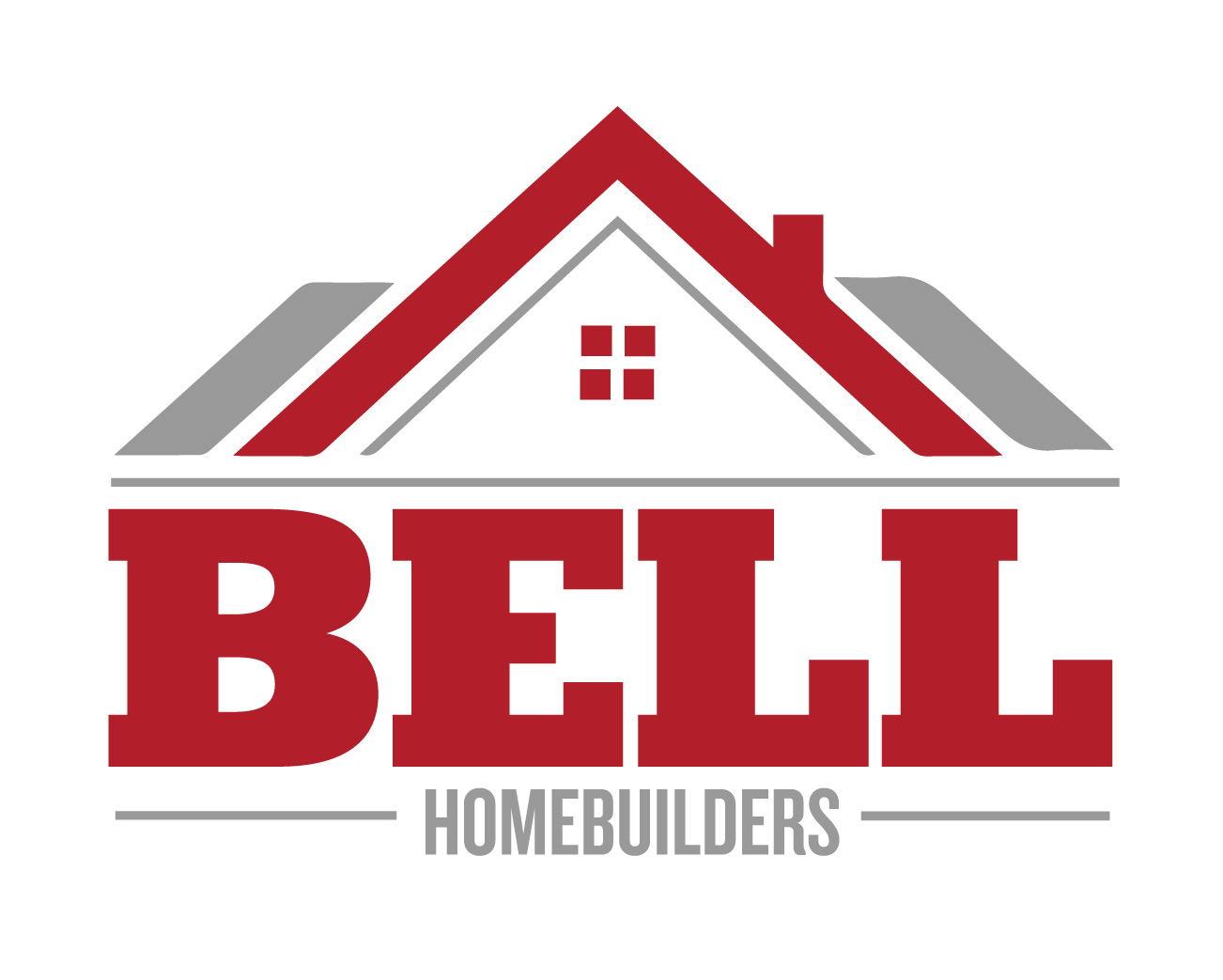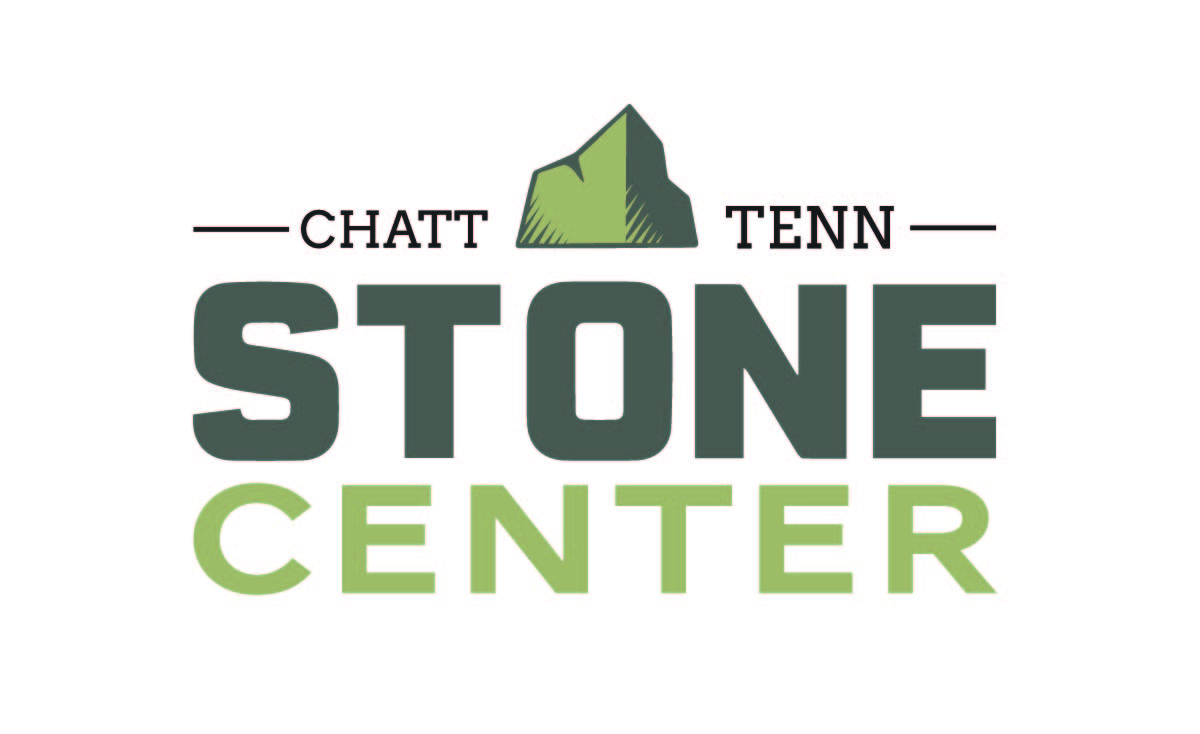
Local News and Information
Keep Your Fireplace Clean & Safe This Winter
Picture yourself hosting a gathering at your home during the holidays. The mental image you conjure most likely includes some delicious food, festive music and a roaring fire in the fireplace, right?
Building a fire creates a cozy atmosphere and adds an element of elegance. But whether yours is a wood-burning or gas-burning fireplace, each requires maintenance to ensure it is safe to use. So before you light a match or ignite the pilot light, consider the following:
Gas Fireplaces
A gas fireplace provides the comfort and style of a wood-burning unit, but they are more efficient and require far less maintenance. “Low-maintenance” does not mean “no-maintenance,” however, so it is best to have your gas fireplace inspected and adjusted by a professional on an annual basis.
Vented gas fireplaces expel exhaust gases (mainly water vapor and carbon dioxide) outside your home without a chimney. If your gas fireplace is vented, the flue or vent should be closed when the fireplace is not in use. And regardless of whether yours is a vented or ventless fireplace, it should never produce a gas odor (different from a burning smell). The smell of gas could indicate a problem. Immediately turn off the gas and report the problem to the gas company.
Wood-Burning Fireplaces
Hiring a professional chimney sweep at least once every one to five years (depending on how often you use it) is the best way to ensure it is safe to use. If you are in a newer home with a fresh air vent to supply the fireplace with combustion air, open it and the damper before you light your fire. Then remember to close both when you are not using the fireplace so warm air does not escape in the winter and cool air will not escape in the summer.
Building and Extinguishing Fires
A wood-burning fireplace should be equipped with andirons (or a grate) and a well-fitted screen. Fires should always be built on the andirons or grate — not directly on the fireplace floor. Seasoned hardwood is the best fuel. Do not burn pine logs in your fireplace, as they contain a tar that can accumulate in the chimney and become a fire hazard.
You should never leave a fire unattended for an extended period of time, and always ensure the fire is put out when you are finished enjoying it. To properly extinguish a fire in a wood-burning fireplace, begin by using your fireplace poker or shovel to spread out the wood and embers into a flattened mound. After the flames die out, cover the cooling wood and embers with a few scoops of ash. Once the fire is completely extinguished, you can sprinkle a thin layer of baking soda over the wood to ensure no embers are burning.
For more fireplace safety and home maintenance advice, or to find an appropriate contractor in your area, contact the Home Builders Association of Greater Chattanooga at www.hbagc.net or 423-624-9992.





